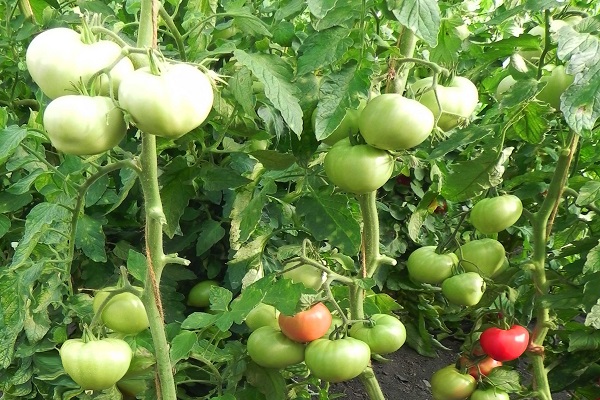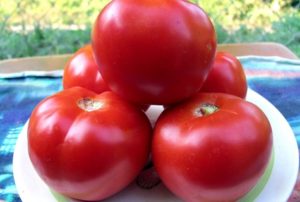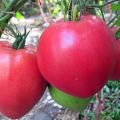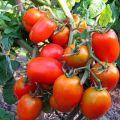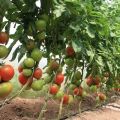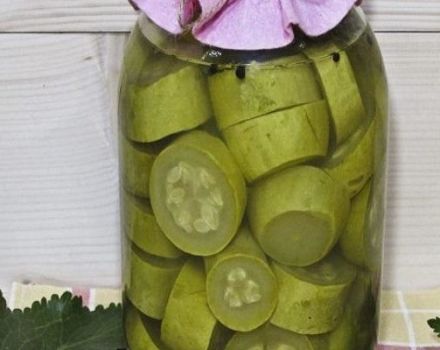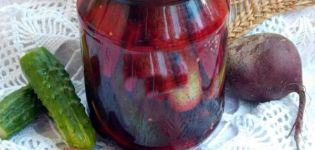Description of the tomato variety Soul of Siberia, its characteristics and productivity
Tomato Soul of Siberia f1 is a medium early hybrid, tall, intended for planting and growing in open ground or greenhouses. The variety is resistant to diseases, the fruits do not crack and are aligned in size and shape.
Description of the variety
The fruits are fragrant and sweet, fleshy, with a smooth surface. Without a white core inside and a yellow spot at the stalk, without a stone inside. Seedlings are planted with a density of 3-4 stems per 1m², 50-55 days. Plants need a garter, removal of stepchildren and formation into a single stem.
Based on the reviews about the Soul of Siberia tomato, the variety is fruitful, rounded fruits are distinguished by a balanced and pronounced taste. The harvested fruits tolerate transportation well and ripen if picked unripe.

Tomatoes of the Soul of Siberia variety require binding. To increase yields, it is important to install special stem supports.
Main characteristics
The Siberian region is famous for its fertile lands, which makes it possible to get the best varieties of tomatoes. The variety description consists of the following indicators:

- height - more than 180 cm;
- fruit sizes - up to 900 g;
- ripening time is 85–90 days;
- sweetish taste;
- pink color of heart-shaped fruits;
- a versatile growing method.
Some tomatoes reach sizes of 500-600 g, the first harvest may have fruits of 700-850 g. A bush with 2 stems in greenhouse conditions and 3 in the open field. The stems have 6-8 nests, the dry matter content is 5-7%. Yield
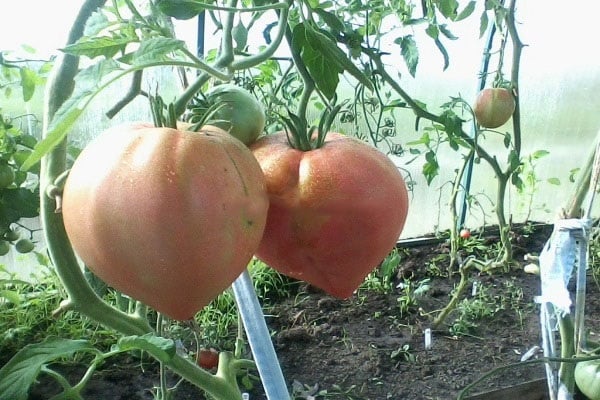
Under favorable conditions, one bush gives 5-6 kg of yield. On average, 20-25 kg of fruit per 1 m² is obtained - this is a good indicator.
Advantages and disadvantages of the variety
Tomatoes of the presented type have the following advantages:
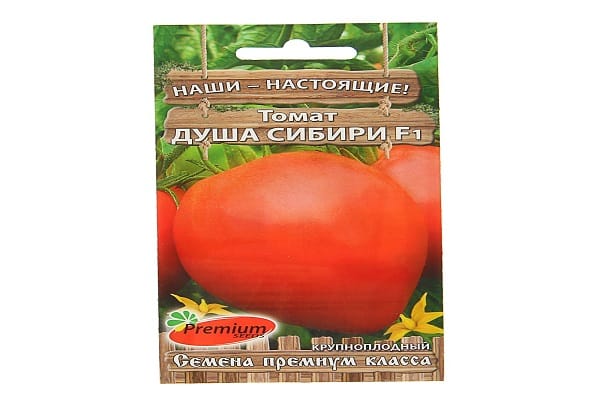
- unpretentiousness to weather conditions;
- resistance to temperature extremes;
- high yield rate;
- good disease resistance.
Tomatoes grow well in any type of soil, they tolerate fertilizers of both natural and artificial origin well.
Among the shortcomings, they note the need for high greenhouses and the experience in tying the trunk and supporting under the branches.

Growing in greenhouse conditions allows harvesting throughout the year. This is especially true for Siberia, where the summer is rather short.
Diseases and pests
The unique characteristic of the variety is that the fruits are not subject to fungal diseases. The presence of the disease may indicate extremely poor and inappropriate care.
To avoid problems when cultivating a variety, it is important to maintain soil moisture and ventilate the room in which the plants are located. Significant temperature drops will not cause harm to tomatoesbut you still need to be careful.

Harmful insects can harm the growth and yield of the variety, such as the melon aphid or garden scoop. In these cases, apply the appropriate drugs, following the instructions on the package. It is also important to constantly remove weeds that may be susceptible to pests.
Slugs can cause considerable harm to the bushes. They fight them by soldering the soil and removing excess haulm.
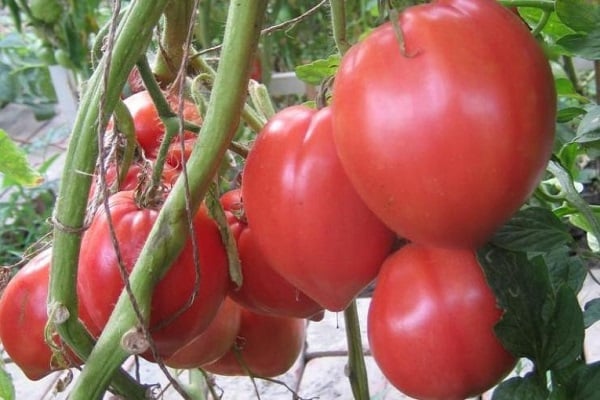
In greenhouses, the invasion of melon aphids is most often observed, against which the use of the Zubr preparation is effective, and the greenhouse whitefly, which can be dealt with using the Confidor preparation.
Care rules
Care consists in dressing, watering and loosening the soil. Abundant watering in the evening with cool water is important. If the plant is in greenhouse conditions, the room should be regularly ventilated.
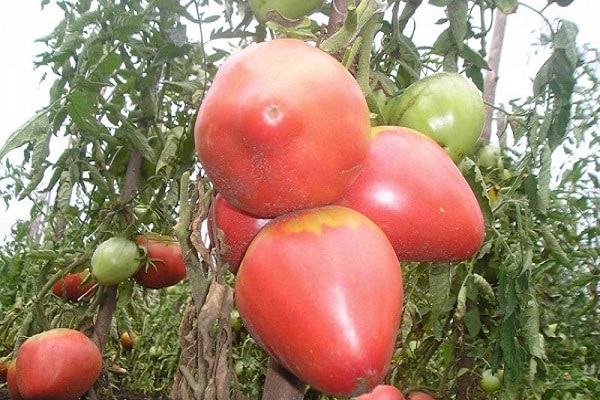
Ripe fruits - features of use
Ripe tomatoes are not used for canning. Due to their taste and high vitamin content, tomatoes will be an excellent addition to a salad or other dish. The variety is suitable for making juice or pasta. You can make salting in a barrel way.
Based on the foregoing, the mentioned variety is quite easy to care for, does not require special conditions and is unpretentious. If you follow simple rules, you can get a prolific and tasty harvest.
